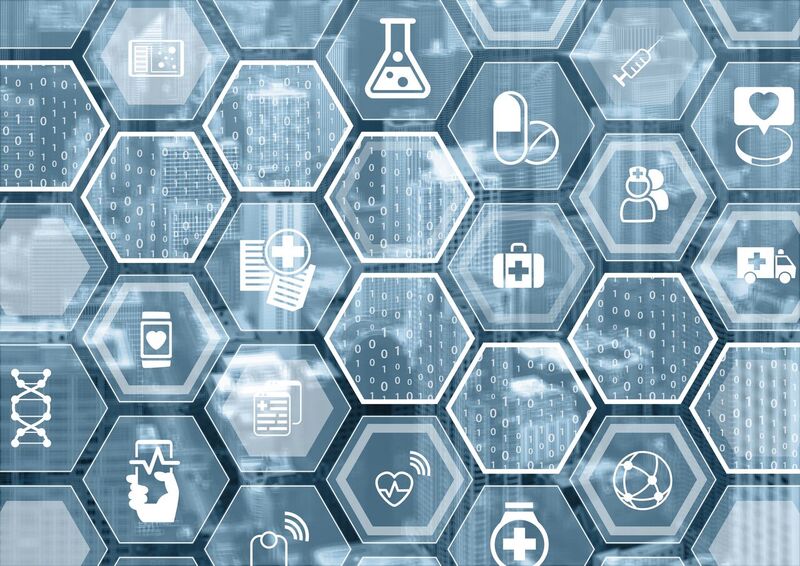
When human cells malfunction, diseases generally occur. But how much do we actually know about human cells?
Researchers based at the University of California San Diego School of Medicine recently took a significant step toward answering that question with the development of a new AI-based technique called Multi-Scale Integrated Cell (MuSIC). A report on their work has recently been published in Nature.
“If you imagine a cell, you probably picture the colorful diagram in your cell biology textbook, with mitochondria, endoplasmic reticulum and nucleus. But is that the whole story? Definitely not,” said Trey Ideker, PhD, professor at UC San Diego School of Medicine and Moores Cancer Center, in a statement. “Scientists have long realized there’s more that we don’t know than we know, but now we finally have a way to look deeper.”
For the pilot study, Ideker explained, MuSIC revealed approximately 70 components contained within a human kidney cell line, half of which had never been seen before. In one example, the researchers spotted a group of proteins forming an unfamiliar structure. Working with UC San Diego colleague Gene Yeo, PhD, they eventually determined the structure to be a new complex of proteins that binds RNA. The complex is likely involved in splicing, an important cellular event that enables the translation of genes to proteins, and helps determine which genes are activated at which times.
According to the researchers, the insides of cells are typically studied using one of two techniques: microscope imaging or biophysical association. With imaging, researchers add florescent tags of various colors to proteins of interest and track their movements and associations across the microscope’s field of view. What’s different about MuSIC is the use of deep learning to map the cell directly from cellular microscopy images.
“The combination of these technologies is unique and powerful because it’s the first time measurements at vastly different scales have been brought together,” said study first author Yue Qin, a Bioinformatics and Systems Biology graduate student in Ideker’s lab.
According to Ideker, microscopes allow scientists to see down to the level of a single micron, but smaller elements, such as individual proteins and protein complexes, can’t be seen through a microscope. It takes biochemistry techniques, which start with a single protein, to allow scientists to get down to the nanometer scale.
“But how do you bridge that gap from nanometer to micron scale? That has long been a big hurdle in the biological sciences,” said Ideker, who is also founder of the UC Cancer Cell Map Initiative and the UC San Diego Center for Computational Biology and Bioinformatics. “Turns out you can do it with artificial intelligence — looking at data from multiple sources and asking the system to assemble it into a model of a cell.”
Ideker noted this was a pilot study to test MuSIC. The researchers hav only looked at 661 proteins and one cell type.
“The clear next step is to blow through the entire human cell,” Ideker said, “and then move to different cell types, people and species.”
Photo by a-image/Getty Images


